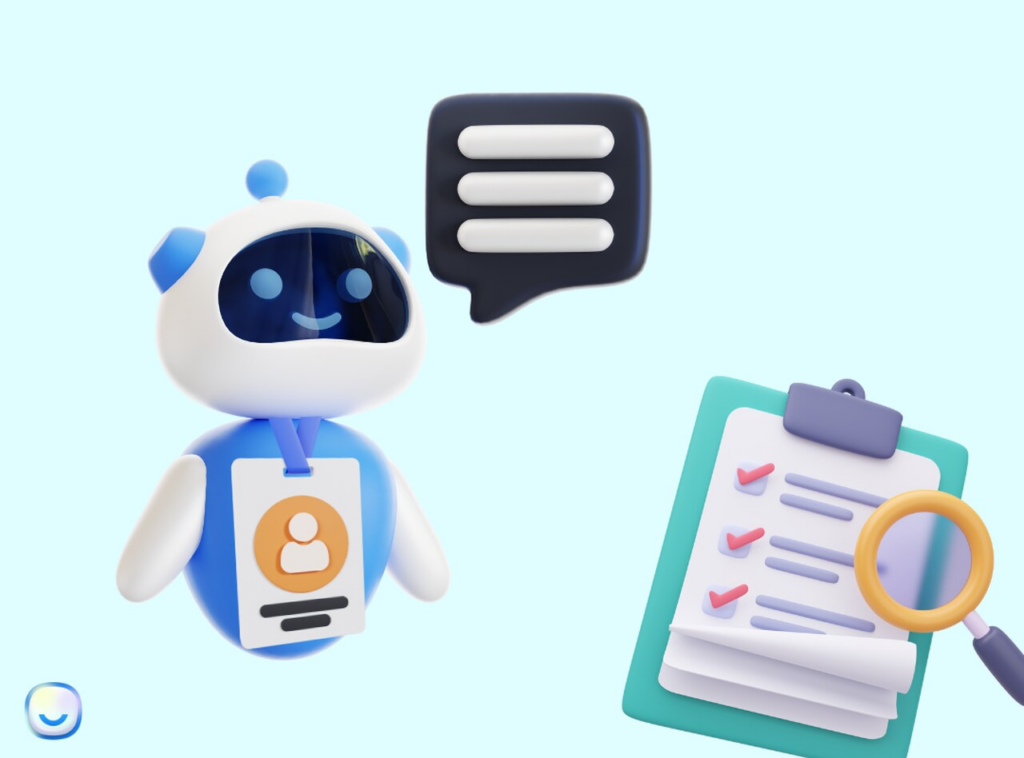In the digital age, businesses are constantly exploring innovative tools to enhance their communication with customers and gain a competitive edge. Chatbots have emerged as a prominent solution, and Shopmate is a prime example of how such technology can transform business operations. This article examines the role of chatbots, specifically Shopmate, as a new business communication tool, considering both the expectations and the realities associated with its implementation.

I. The Business Expectations from Chatbots like Shopmate
1.Cost Savings
Reduced Labor Costs: By automating the process of handling customer inquiries, businesses can significantly cut down on the need for a large customer service team. For example, Shopmate can handle a multitude of basic questions such as product details, availability, and shipping information. This allows human resources to be redirected to more complex and value-added tasks, saving on salaries, training, and other associated labor expenses.
Efficient Resource Allocation: It optimizes the use of business resources. Instead of having employees tied up with repetitive customer interactions, they can focus on areas like product development, marketing strategy, and business expansion. For instance, a company can allocate more funds to research and development when the chatbot takes care of routine customer service.
2. Sales Increases
24/7 Customer Engagement: Shopmate’s ability to handle customer inquiries 24/7 ensures that potential sales opportunities are not missed. Customers from different time zones can get instant responses, leading to increased conversion rates. For example, a customer in a different continent who has a question about a product late at night can still get the information they need and make a purchase decision immediately.
Personalized Recommendations: The chatbot can analyze customer data and behavior to offer personalized product suggestions. If a customer has shown an interest in a particular category of products, Shopmate can recommend related or upgraded items, thereby increasing the average order value. For instance, if a customer has been looking at fitness equipment, the chatbot might suggest complementary items like workout apparel or fitness trackers.
II. The Reality and Challenges of Chatbot Implementation
1.Limitations of Current AI Technology
Lack of Conversational Perfection: Despite significant advancements, current AI technology is not flawless in understanding and generating natural language. Chatbots may misinterpret complex or ambiguous questions. For example, a customer’s nuanced query about a product’s suitability for a specific use case might not be accurately understood, leading to an incorrect or unhelpful response.
Dependence on Training Data: The performance of chatbots like Shopmate heavily depends on the quality and quantity of training data. If the data is incomplete or inaccurate, the chatbot’s responses will be suboptimal. For instance, if a new product is added to the inventory but not properly incorporated into the training data, the chatbot may not be able to provide accurate information about it.

2. Unreasonable Public Expectations and Marketing Hype
Mismatched Perceptions: The public often expects chatbots to have human-like intelligence and understanding, which is not yet the case. Businesses may face customer dissatisfaction when the chatbot fails to meet these inflated expectations. For example, a customer might be frustrated if the chatbot cannot understand a sarcastic or highly emotional comment in the way a human would.
Marketing Exaggeration: Some chatbot technology companies overhype their products’ capabilities. This can lead businesses to believe that the chatbots will solve all their customer service and sales problems without any glitches. However, in reality, they need to be integrated and optimized carefully. For instance, a business might be promised seamless integration with all their existing systems, but in practice, encounter technical difficulties.
III. The Way Forward for Chatbots in Business
1. Educating Businesses and Customers
Business Awareness: Companies need to be educated about the true capabilities and limitations of chatbot technology. They should understand that while chatbots like Shopmate can be a valuable asset, they require continuous improvement and monitoring. For example, businesses should know that regular updates to the chatbot’s training data are essential for its optimal performance.
Customer Communication: Transparent communication with customers about the chatbot’s functionality is crucial. Customers should be informed that it is an automated tool and while it aims to provide excellent service, there may be instances where human intervention is required. For instance, a business can have a clear message on their website or chat interface explaining the nature of the chatbot and how to escalate to a human agent if needed.
2. Continuous Improvement and Innovation
Technical Upgrades: Chatbot developers should focus on improving the underlying AI technology. This includes enhancing natural language processing capabilities, expanding the understanding of context, and increasing the accuracy of responses. For example, using more advanced machine learning algorithms and neural networks to better handle complex conversations.
Integration with Other Technologies: Integrating chatbots with other emerging technologies such as augmented reality (for product demonstrations) or blockchain (for secure transactions) can enhance their value. For instance, a Shopmate chatbot integrated with augmented reality could allow customers to virtually try on products before purchasing.

In conclusion, chatbots like Shopmate hold great promise as a new business communication tool. While they offer the potential for cost savings and sales increases, businesses must be aware of the current limitations of AI technology and manage both their own and the public’s expectations. By educating stakeholders, continuously improving the technology, and exploring innovative integrations, chatbots can become an indispensable part of modern business operations. As technology evolves, the role of chatbots will likely expand and mature, providing even greater benefits to businesses and customers alike. It is essential for businesses to embrace this technology with a realistic and strategic approach to fully leverage its potential in the long run.




